The Glove Collection Trust
Gloves have been found in the tomb of Tutankhamen, on the hands of newly crowned monarchs, and running the entire length of woman’s arms to help demonstrate that “diamonds are a girl’s best friend.” But it was S. William Beck who wrote an intricate book on gloves in 1883 who stated he believed that it was important to establish the “dignity of gloves, to show their long descent and value in costume, and to give them the position in the history of antiquity, to which their intimate relationship with the affairs of men fairly entitles them.”
Carrying the mantle Beck felt so passionate about-to maintain the history and to curate the largest collection of gloves from over the centuries-Trustees appointed by The Worshipful Company of Glovers of London in 1993 were charged with taking ownership of and curating the largest collection of gloves in the world as the organization to be known as “The Glove Collection Trust.”
The Glove Collection Trust owns the collection of historic and modern gloves recognized as one of the finest in the world. The Trust is committed to ensuring that the collection and its referenced information are widely accessible to the public.
The Worshipful Company of Glovers of London is one of London’s ancient Livery Companies. A guild existed well before 1349, the date when the company’s first formal Ordinances were made. These decreed that no one of the trade was to be admitted to the Freedom of the City without consent of the Wardens, fixed the price of sheepskin gloves at a penny per pair, and ordained that gloves must not be sold by candlelight as “folk could not tell whether they were of good or bad leather or lawfully or falsely made.”
Due to a decline in trade, the Glovers amalgamated with the Pursers in 1501 only to be taken over by the Leathersellers a year later; however, the changes in fashion which occurred during the reign of Elizabeth I and in the 17th century allowed the Glovers to prosper and become independent again, their status being confirmed by a new Charter granted by King Charles I in 1638.
The next two centuries saw enormous social and economic changes. The extension of the franchise, the move to the suburbs by the new middle classes and, above all, the Industrial Revolution meant that the workshops of London were being replaced by factories outside it. In the first half of the 18th century the Glovers Livery still numbered 120; by the end of the century it had fallen to 14.
This decline in fortune affected the great majority of Livery Companies and, in common with them, the Glovers have survived and flourished by adapting to modern times. It is now embarking on an ambitious policy of expanding the Collections from 1800 to the present day.
The collection is organized in two parts:
- The Heritage items, comprising the Spence Collection mainly of sixteenth and seventeenth century items, the Harborow Collection of Coronation Gloves and other older items bought by the Trust, or given to it, kept and partially on display at the Fashion Museum in Bath.
- The General Collection of more modern items is currently held at the Dents in Warminster (a company that crafts luxury leather goods including fine gloves) where it is being documented to Museum standard, after which it will be transferred to the Fashion Museum Bath to be kept there and partially on display.
The scope of the collection includes gloves of every style and material you can imagine.



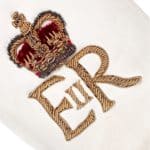
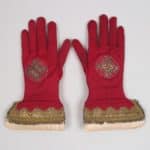

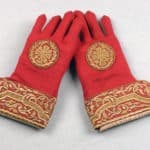
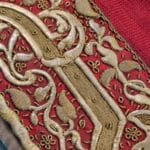
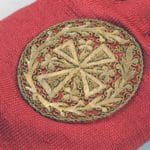


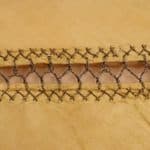




Related posts: